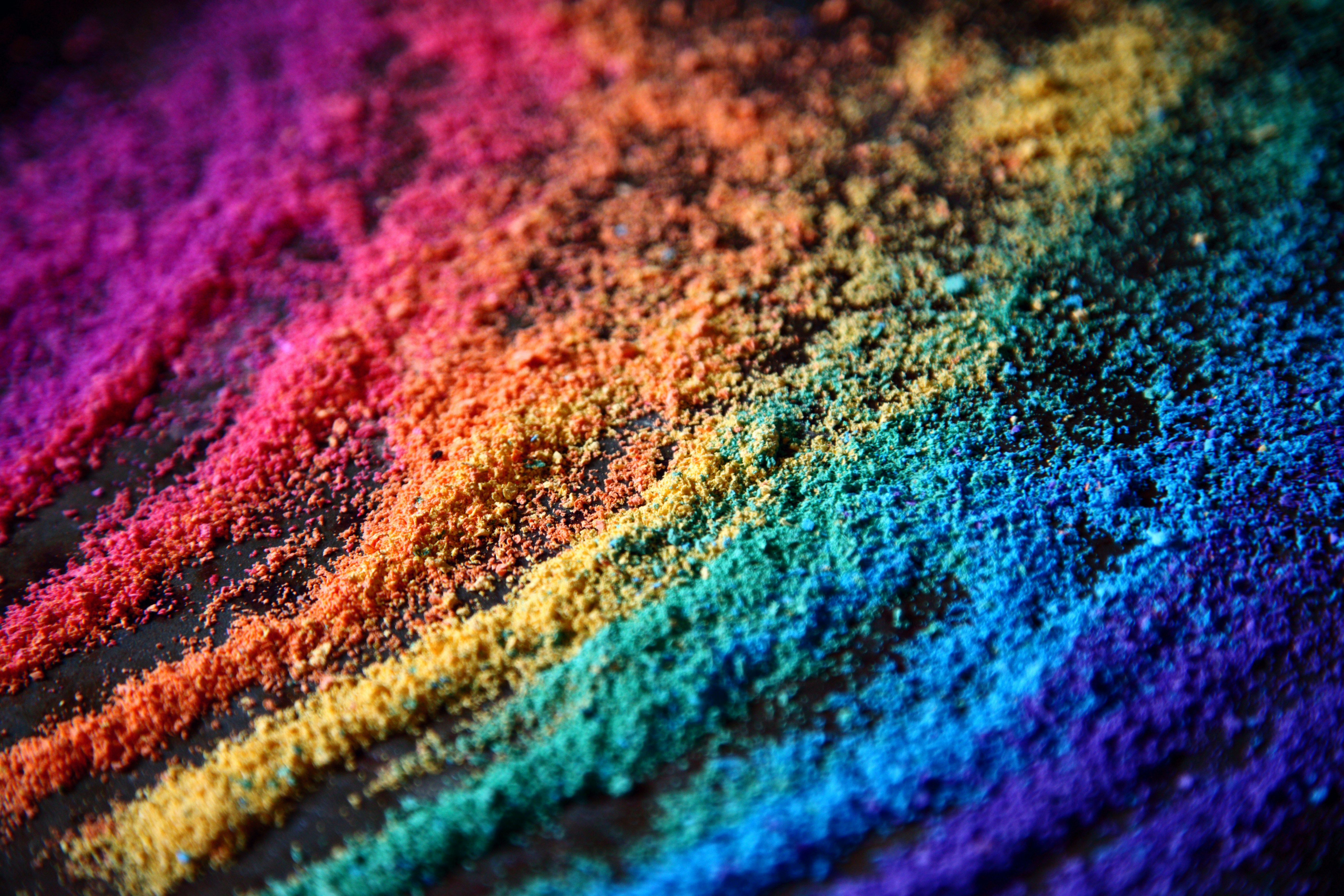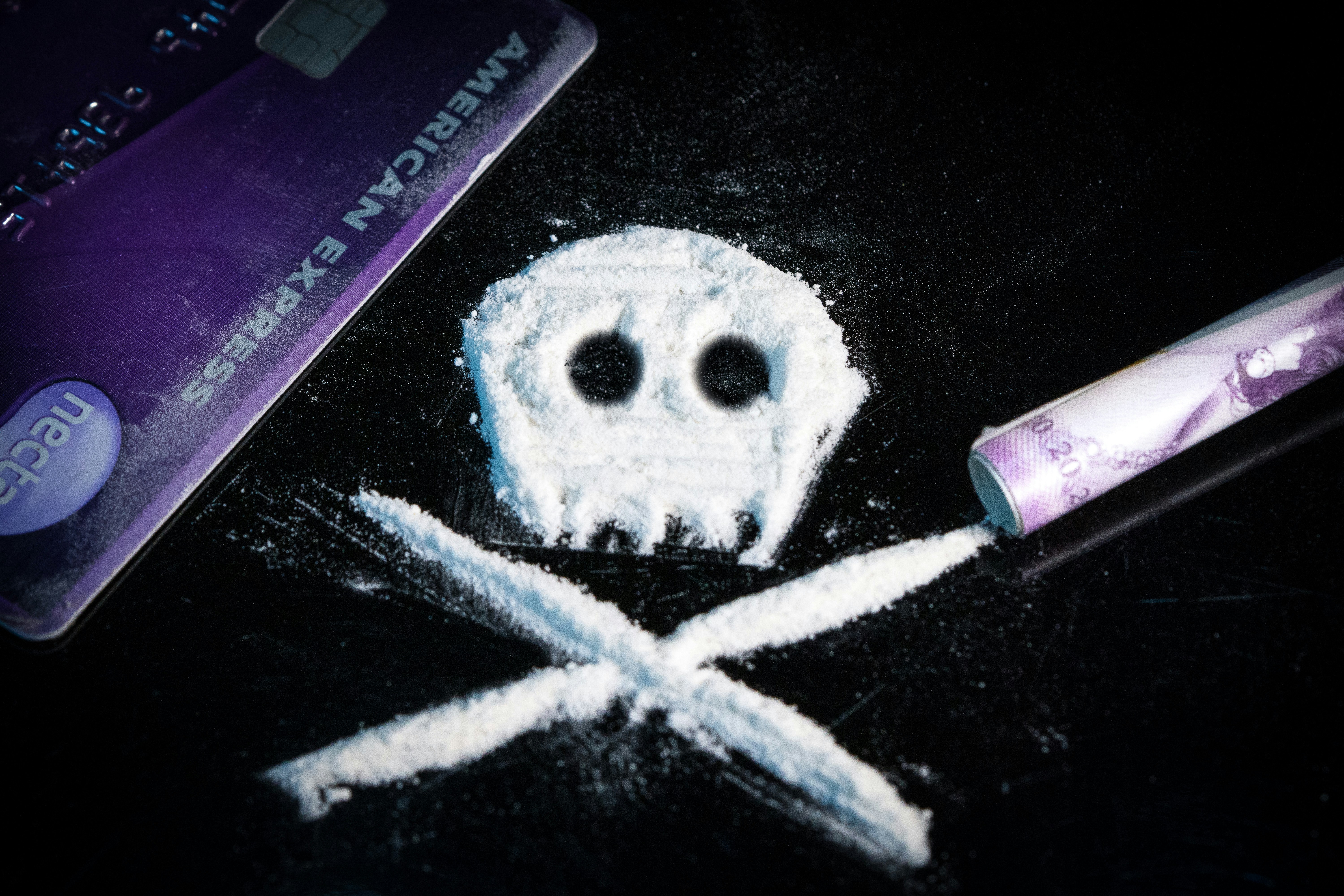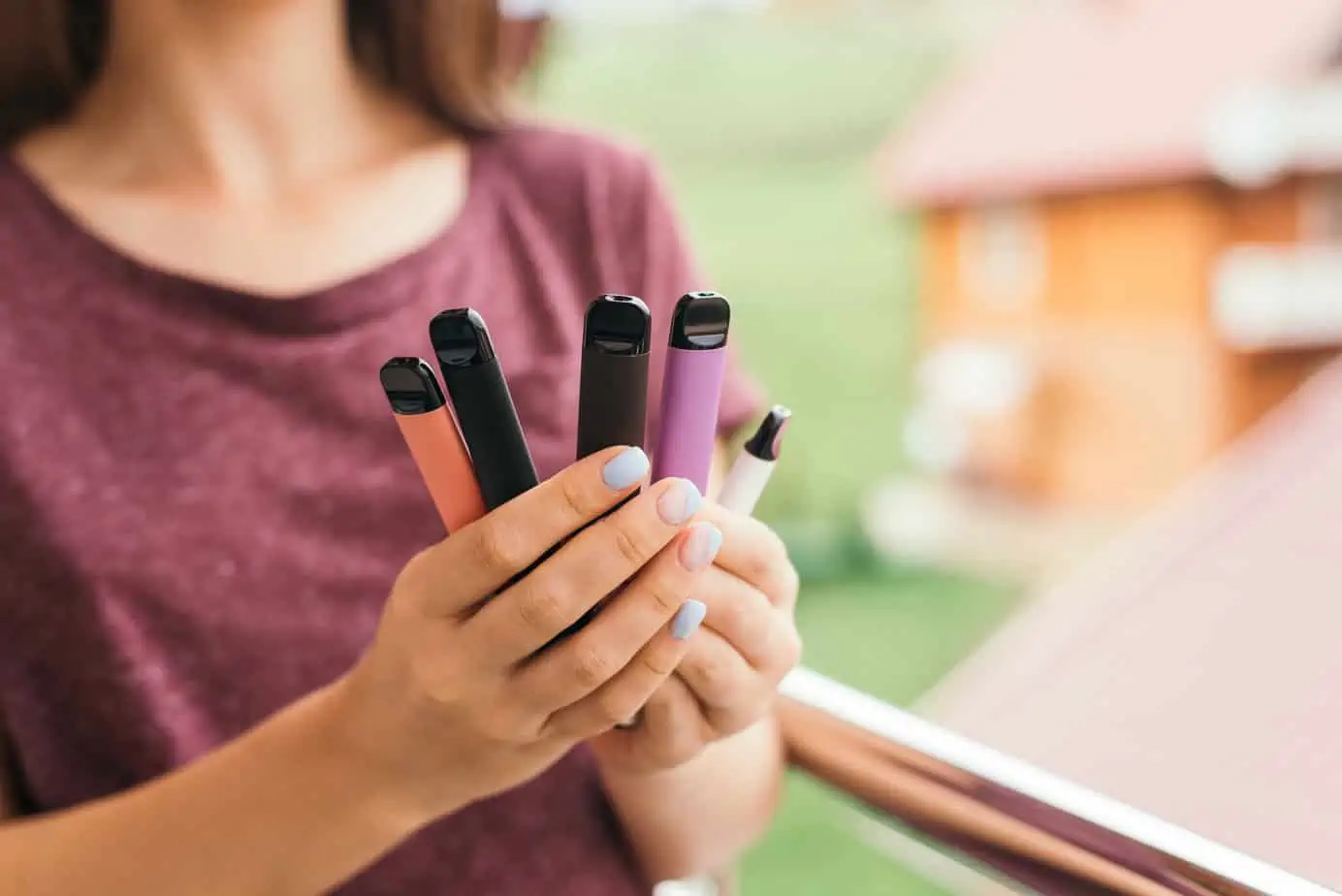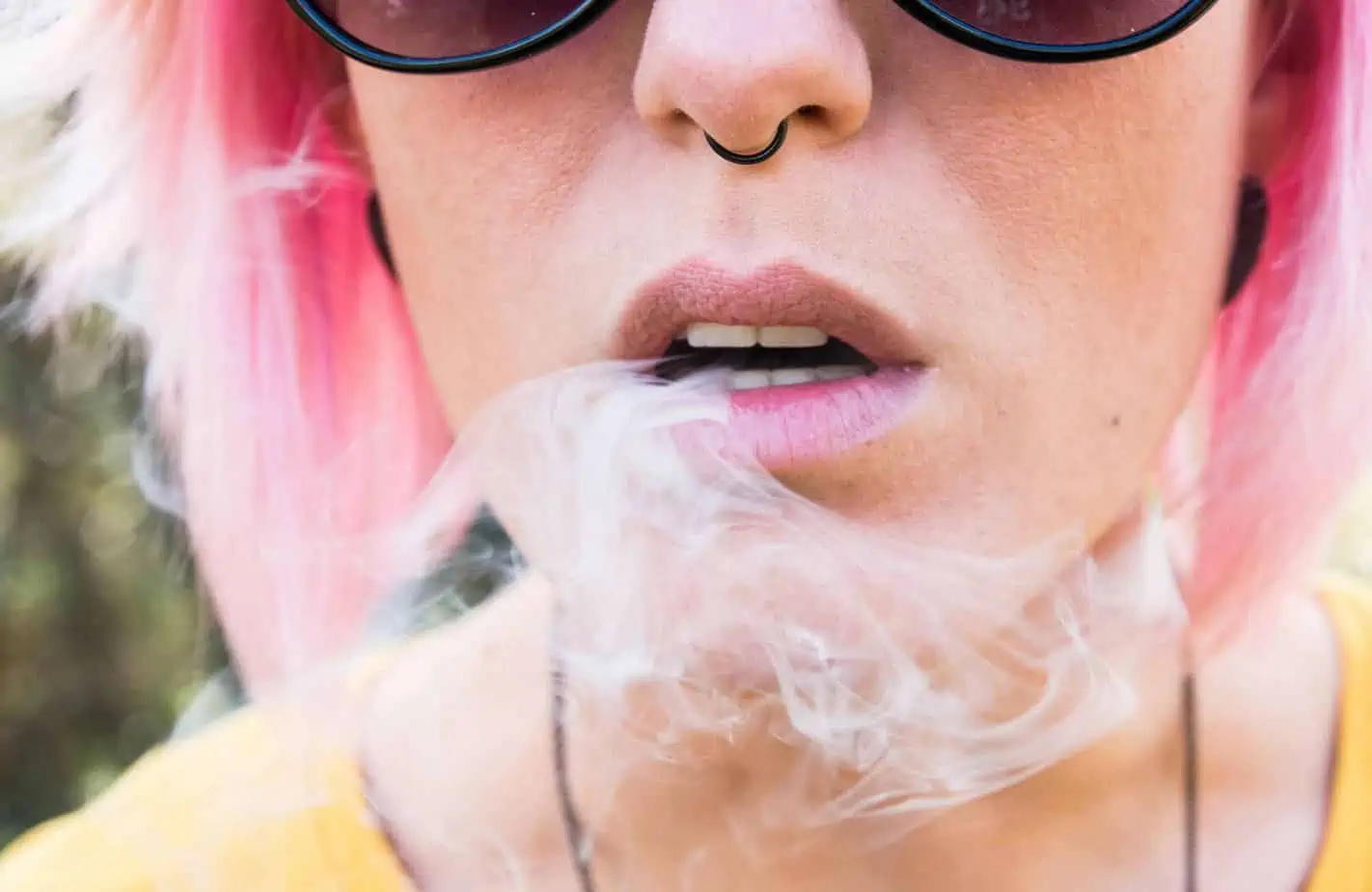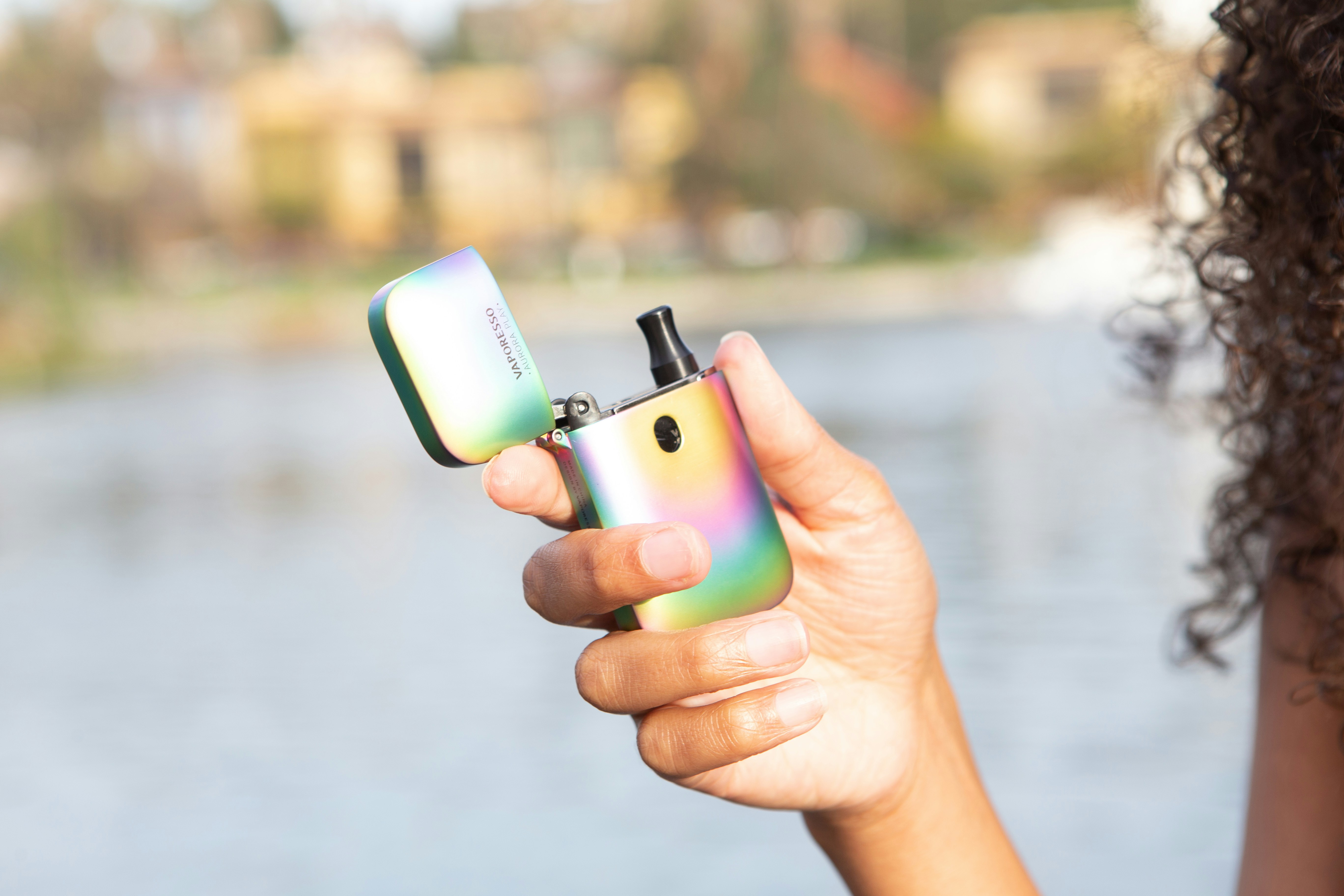The U.S. Food and Drug Administration (FDA) and JUUL Labs (JLI) have had a rocky relationship from the start. Since JUUL’s launch of its first e-cigarette in 2015, its devices have rapidly found their way into many people’s hands across America. And teens have quickly caught on to the vaping fad, using JUUL vapes at a rate that made the FDA raise an eyebrow. If this product is advertised for adults, why do over two million teenagers report that they are vaping regularly?
JLI’s public statements maintain that they don’t market towards adolescents, and instead try to keep their products away from underage users. The FDA’s concern for teenage use has resulted in a crackdown on JUUL sales, rolling out a series of regulations against the products to protect teens.
The History Between the FDA and JUUL Labs
Like all companies wanting to sell tobacco products, JLI first had to submit a Premarket Tobacco Product Application (PMTA) to the FDA for its vapes. A product can’t be marketed if it presents a public health risk. However, due to the limited information on JUUL vapes at the time, the FDA permitted JLI to sell in 2015. With federal approval, JLI launched the brand with a major media campaign that reached billboards in Times Square. Since then, JUUL pods, the disposable cartridges filled with vape juice, have been confirmed to have harmful, addictive chemicals inside of them.
In April of 2018, the FDA sent a letter to JLI and demanded access to clinical studies and internal marketing material that the company used to advertise its products. In the same month, the FDA sent warning letters to 40 retailers across the country for illegally selling JUUL products to minors. When October 2018 came around, JUUL Labs was unexpectedly hit with an inspection. The FDA pulled thousands of documents to officially determine if JLI marketed towards youth despite knowing the harmful effects of vaping. The FDA has theorized that JLI targets its advertisements towards teens, creating flashy visuals and using industry media. Meanwhile, teenagers were hiding out in their school’s bathroom stalls, passing around vapes and charging a dollar for a few hits.
Why Are Teens Vaping with JUUL?
According to Sales peaked in late 2018 and early 2019, when their flavors of vapes ranged from Mango to Classic Tobacco. Other companies, such as Blanketz Pods and started to develop knock-offs that came in Silky Strawberry and Caffé Latte. But by the end of 2019, a ban on several flavors of vape products was issued by the FDA in an effort to deter adolescents from picking up pods.
JUUL’s marketing material uses key words such as “adult” and “unauthorized users,” but they can’t control who consumes their content. 1 in 4 of JUUL’s Twitter followers are underage. This might be due to JUUL’s initial marketing launch focused heavily on social media campaigns, particularly on apps like Twitter and Instagram where most users are under the age of 21. In the U.S., the majority of teens own a vaping device, either purchasing it online, in stores, or getting one from a friend or family member. JUUL is seen as a social standard among teens; pictures and videos of teenage vaping is commonplace on social media feeds. JUUL vapes are passed around in circles of friends, and often decorated with colorful, funky skins to personalize them.
One of the most influential pieces of modern media that determines what is “cool” and “trendy” is video. In the nineties, you had seductive actors like Heath Ledger lighting their cigarettes on Bunsen burners, a giggling group of boys in a car during a scene from The Virgin Suicides, snickering as they put their fingers through smoke rings. Back then, being cool was smoking cigarettes just like pop culture icons Kate Moss and Madonna. Today, teens stumble upon tobacco and vaping imagery by binge-watching Netflix shows such as Big Mouth and The Queen’s Gambit, or else by scrolling through TikTok and seeing Charli D’Amelio vaping on their For You page. D’Amelio’s teenagehood has been associated with her chronic consumption of vape juice, and instead of being prom queen like any other high school student, she was crowned the ”Vape Queen.” Simply put, vaping looks cool.
Bringing Awareness to the Consequences of Vaping
As more research continues to come out about the negative health effects of vaping, consumption has slowly started to decline. Teen usage rates have dropped from 27.5 percent in 2019 to 11.3 percent in 2021. This promising sign comes from a combination of efforts: social media campaigns against teen use, legal crackdowns on vendors who sell to minors, and increased awareness of the public health risk that results from nicotine addiction.
Public school systems and private institutions are banning the use of e-cigarettes indoors, with consequences ranging from a school principal taking the doors off of bathroom stalls to students being subjected to random nicotine testing. Many have launched since e-cigarettes went on the market in 2006, educating the public about teen usage with positive results. About half of teens vaping want to stop in the next thirty days. They consistently agree that they are quitting to avoid becoming addicted to cigarettes or developing health problems later in life.
Adolescents are becoming increasingly aware of the negative effects of smoking any nicotine product. But only two-thirds of teens currently know that JUUL vapes include nicotine, among other harmful chemicals such as formaldehyde and heavy metals. Some of the conditions that frequent vapers develop are:
- Anxiety and depression
- Chronic bronchitis
- Difficulty breathing
- Sleep problems
- Lung damage
- Disrupted brain development in adolescents
Lung conditions and deaths that occur as a result of vaping have only been studied over the past two decades, but this crucial knowledge is making its way into public health messaging, parent-teacher conferences, and health classes.
Will the FDA Ban JUUL Products?
Since data on vape users being hospitalized and losing their lives has accumulated in the past decade, the FDA has decided that JUUL vapes do indeed present a public health risk. This was enough for the FDA to ban JLI’s right to distribute, ship, and sell products on June 23, 2022. Retailers were told to pull the product from shelves for its “potentially harmful chemicals” that are found in JUUL pods.
The FDA has since suspended its ban on JUUL products—not rescinded, but simply suspended until they can conduct further research. The future of JLI’s products, reputation, and sales is reliant on what the FDA decides when it decides.
Vaping has an addictive pull that adolescents have been subjected to for the past several years. Its concerning effects on teenagers have brought the FDA to take thoughtful consideration of how it plans to regulate the marketing and sales of JUUL and other vaping products. As teen use continues to be the social norm, the future of their health and wellness depends on the choices of agencies that have the power to create positive change.
If you or a loved one is struggling with addiction, Mountainside can help.
Click here or call (888) 833-4676 to speak with one of our addiction treatment experts.

 By
By 

